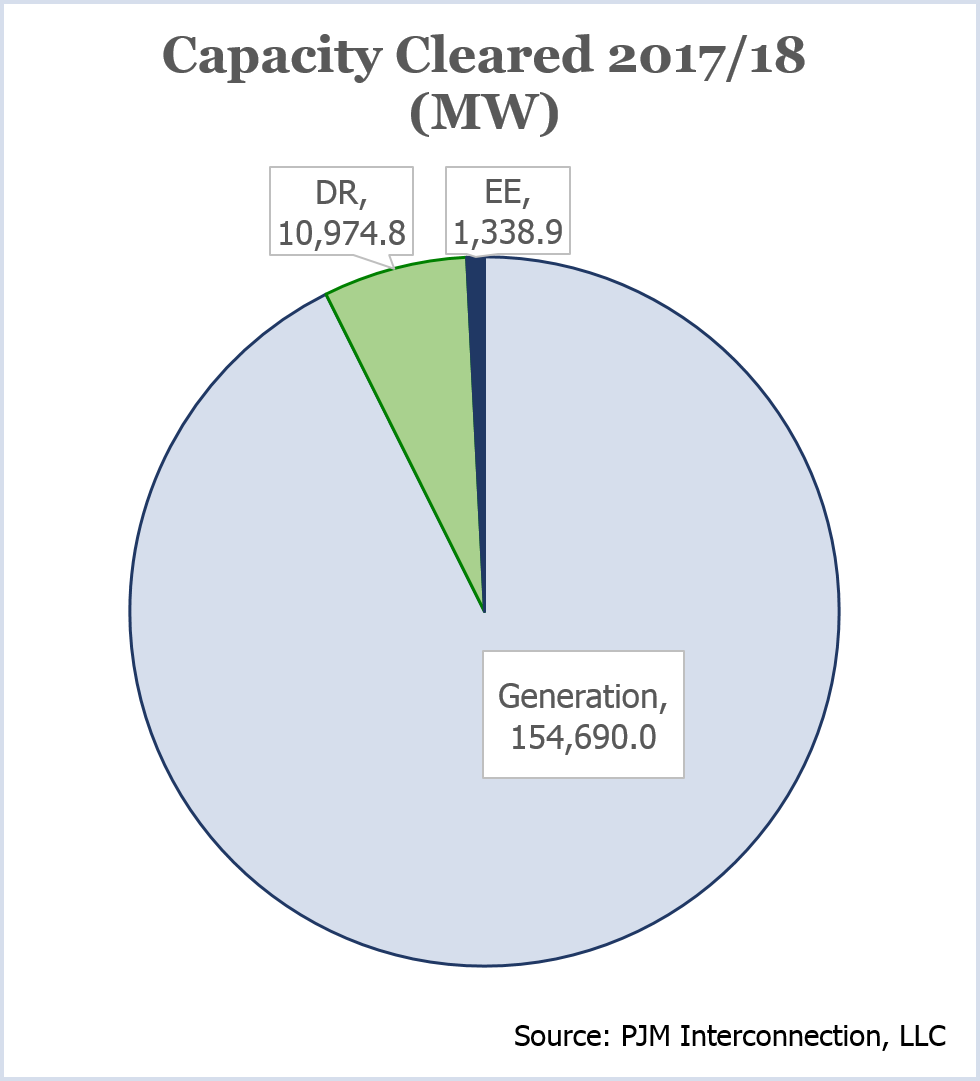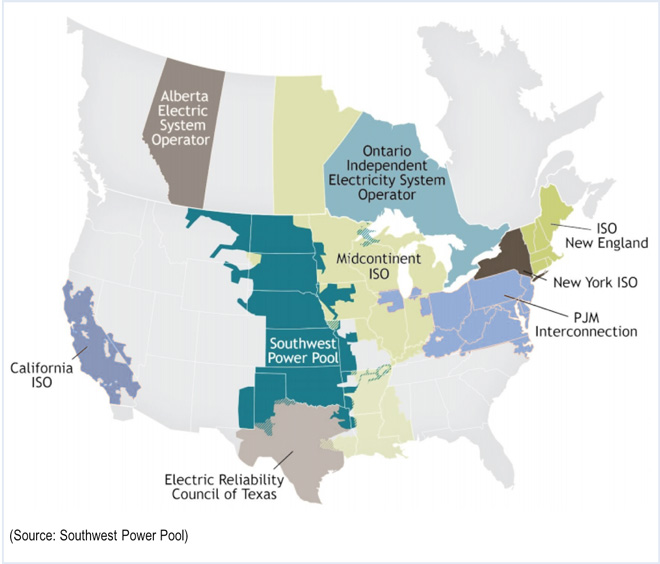By Tom Kleckner
The Federal Energy Regulatory Commission last week denied wind generators’ rehearing request on its June 2014 order concerning SPP’s revisions to the RTO’s generator interconnection procedures.
FERC also conditionally accepted SPP’s compliance filing as a result of the June 2014 order, subject to a further compliance filing (ER14-781).
2009, 2013 Changes
SPP first revised its interconnection process in 2009, shifting it from a “first-come, first-served” approach to a “first-ready, first-served” approach. The changes streamlined the study process by including a fast-track approach for customers that met specific milestones and reduced the impact of suspended projects on other projects. They also sought to steer speculative projects into a preliminary interconnection queue and discourage them from entering the final queue by increasing deposits and requiring project readiness milestones.
In December 2013, the RTO proposed changing the way the interconnection queue priority was determined and revising milestones to execute a generator interconnection agreement (GIA). SPP also proposed requiring an interconnection customer to provide a deposit, upon execution of an interconnection agreement, of 20% of the interconnection facilities and network upgrade costs, or convert the previously provided financial milestone of $4,000/MW, whichever was greater.
FERC initially ruled the filing deficient but conditionally accepted SPP’s subsequent compliance filing response in the June 2014 order.
SPP not Unclear
The American Wind Energy Association (AWEA), the Wind Coalition and E.ON asked FERC for clarification or rehearing of the order, arguing SPP did not make it clear as to what constituted harm to interconnection customers when a higher-queued customer withdrew from the queue and had its deposit refunded.
FERC rejected their assertion, saying the complainants had misconstrued the interconnection process and took SPP’s statements out of context.
FERC also denied rehearing over revisions allowing SPP to withhold refunds. The commission said the “costs would not have been incurred without the higher-queued interconnection customer’s request for the interconnection capacity.”
FERC also rejected rehearing regarding transmission network upgrades funded by interconnection customers whose interconnection agreements are subsequently terminated by SPP. FERC said its June 2014 order found that “[i]nterconnection customers who execute a GIA and provide an initial payment for construction are undertaking a significant business risk” should they not meet their obligations.
“We find that their request would defeat the purpose of protecting lower-queued customers from increased costs,” FERC said.
FERC denied E.ON’s separate rehearing requests regarding SPP’s establishment of queue priority at the interconnection facilities study queue stage, and payment of interest on deposits, saying they were beyond the scope of the proceeding.








